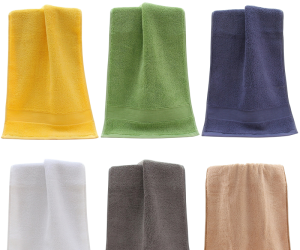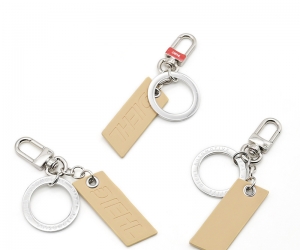What size must lanyards be?
Lanyards are a popular accessory for holding ID badges, keys, and other small items. They are also commonly used for promotional purposes at events and conferences. When selecting a lanyard, one important consideration is the size. In this article, we will explore the various sizes of lanyards and the factors that influence the size of a lanyard.
Lanyard Length
The length of a lanyard is an important consideration when selecting a lanyard. Lanyards come in a range of lengths, from short lanyards that hang around the neck to longer lanyards that hang down to the waist. The most common lanyard length is 36 inches, which allows the lanyard to hang comfortably around the neck while holding the item being carried at the waist or hip.
Shorter lanyards, such as 18 inches or 24 inches, are also available and are often used for holding ID badges or keys. Longer lanyards, such as 42 inches or 48 inches, are less common but can be used for holding larger items, such as cell phones or cameras.
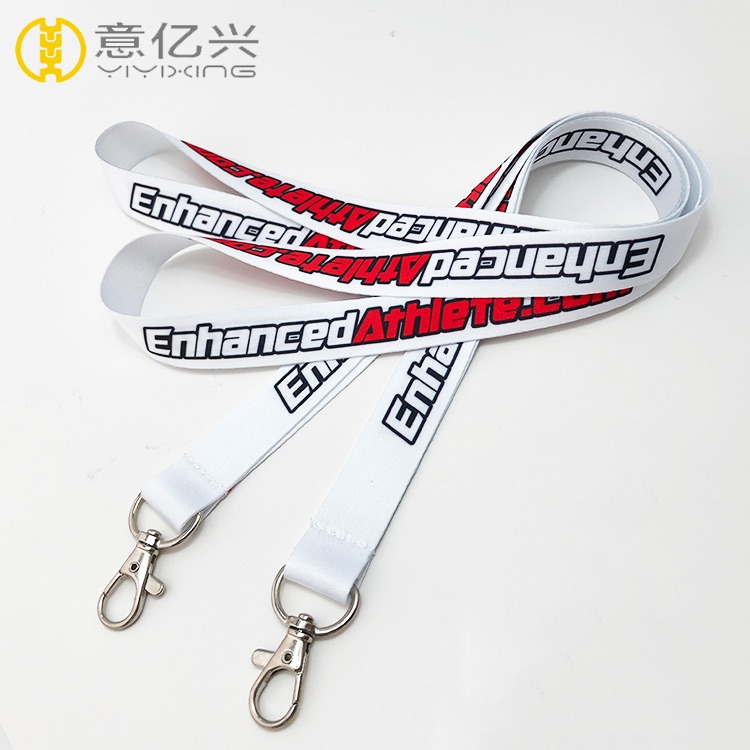
The length of a lanyard should be selected based on the intended use. Shorter lanyards may be more suitable for applications where the item being carried needs to be easily accessible, while longer lanyards may be more suitable for applications where the item being carried needs to be more visible.
Lanyard Width
The width of a lanyard is another important consideration when selecting a lanyard. Lanyards come in a range of widths, from narrow lanyards that are less than 1 inch wide to wider lanyards that are more than 1 inch wide. The most common lanyard width is 3/4 inch, which provides a good balance between visibility and comfort.
Narrower lanyards, such as 1/2 inch or 5/8 inch, are also available and are often used for holding ID badges or keys. Wider lanyards, such as 1 inch or 1 1/4 inch, are less common but can be used for applications where the lanyard needs to be more visible or where more customization options are desired.
The width of a lanyard should be selected based on the intended use and personal preferences. Wider lanyards may be more suitable for applications where more customization options are desired, while narrower lanyards may be more suitable for applications where the lanyard needs to be less visible or more lightweight.
Lanyard Attachment
The attachment of a lanyard is another important consideration when selecting a lanyard. Lanyards come with a range of attachments, from swivel hooks to bulldog clips. Swivel hooks are the most common attachment and are versatile enough to hold a range of items, including ID badges, keys, and cell phones. Bulldog clips are less versatile but are more secure and are often used for holding ID badges.
The size of the attachment should be considered when selecting a lanyard. If the attachment is too large, it can be heavy and uncomfortable to wear. If the attachment is too small, it may not hold the item being carried securely.
Customization
Customization is another important consideration when selecting a lanyard. Lanyards can be customized with logos, messages, and colors. The most common customization options are color and logo or message.
The size of the customization should be considered when selecting a lanyard. If the logo or message is too large, it can be difficult to read or may make the lanyard look bulky. If the logo or message is too small, it may not be easily visible.
Conclusion
In conclusion, the size of a lanyard should be selected based on the intended use and personal preferences. The most common lanyard length is 36 inches, and the most common lanyard width is 3/4 inch. Swivel hooks are the most common attachment, and customization options include color and logo or message.
When selecting a lanyard, it's important to consider the intended use, the size of the item being carried, and personal preferences. By considering these factors, anyone can select the right size lanyard for their needs and preferences.
-
 Such a beautiful keychain makes people love and hate!
Such a beautiful keychain makes people love and hate!If you are a designer, then lines like "Tune a little bit here", "Help me change t...
Do you like ?0
Read more -
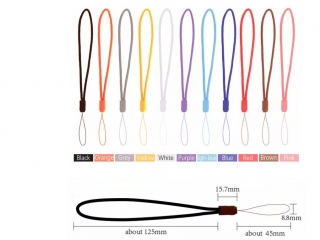 Easy to carry Water Bottle Lanyards buying
Easy to carry Water Bottle Lanyards buying -
 Advantages of using personalized printed Silicone Wristbands
Advantages of using personalized printed Silicone Wristbands -
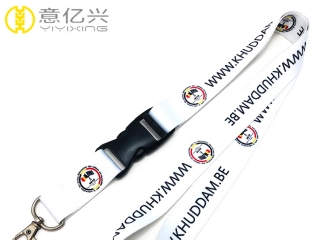 The difference between nylon lanyard vs polyester lanyard - Yiyixing
The difference between nylon lanyard vs polyester lanyard - YiyixingWhat is Polyester Made Lanyards?
When it comes to <...
Do you like ?0
Read more -
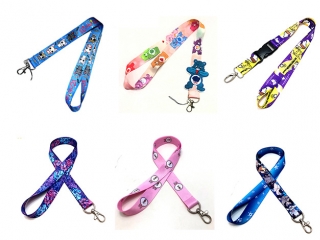 Does Wear Cute lanyard can keep in a good mood?
Does Wear Cute lanyard can keep in a good mood?With the growth of age, girls are more and more inclined to adorabl...
Do you like ?0
Read more -
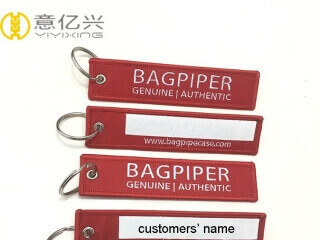 Why not choosing custom flight tags as a gift?
Why not choosing custom flight tags as a gift?Fabric key tag, made by embroidery or woven is one of our new appli...
Do you like ?0
Read more



